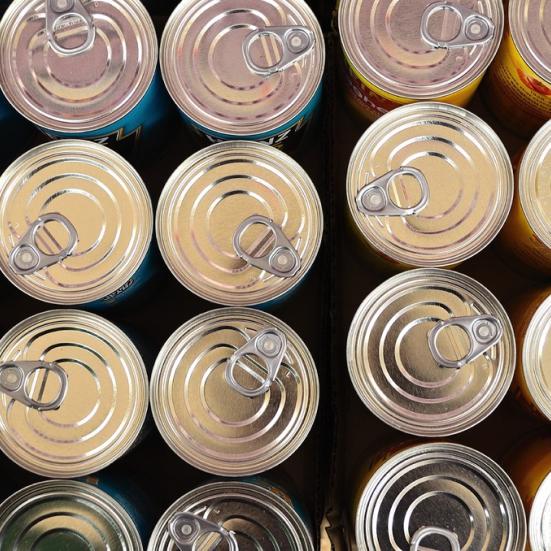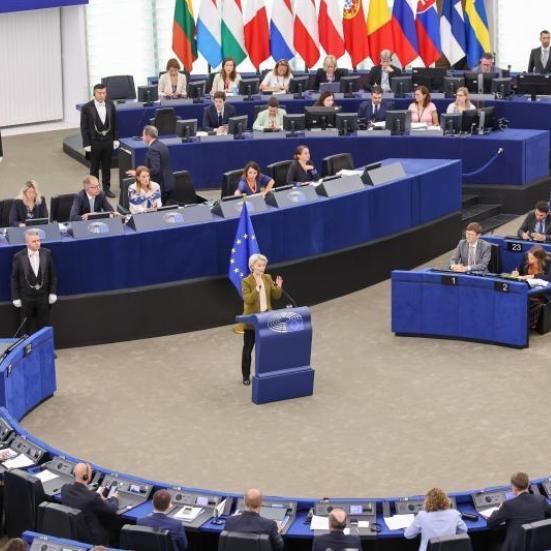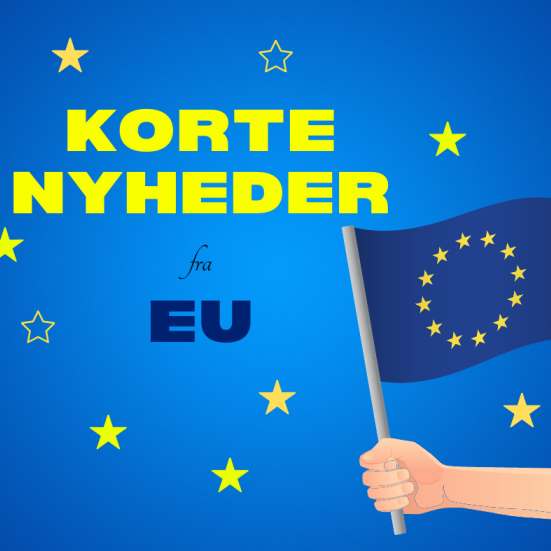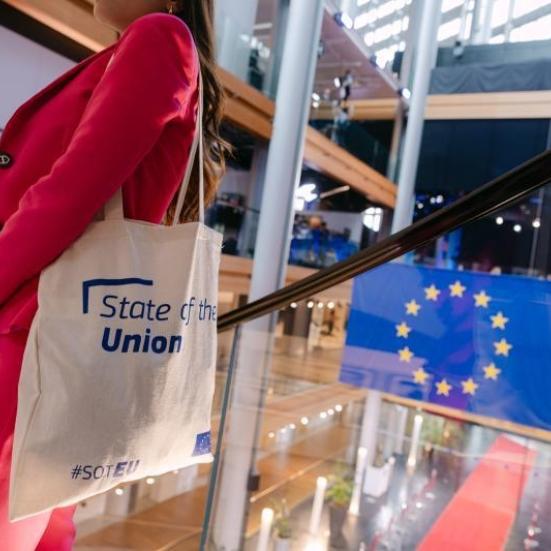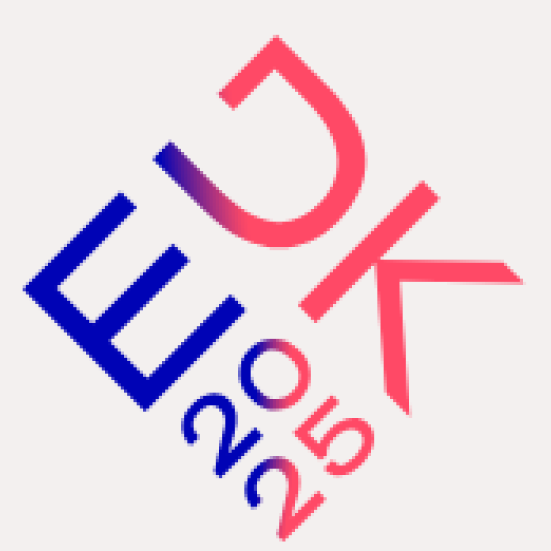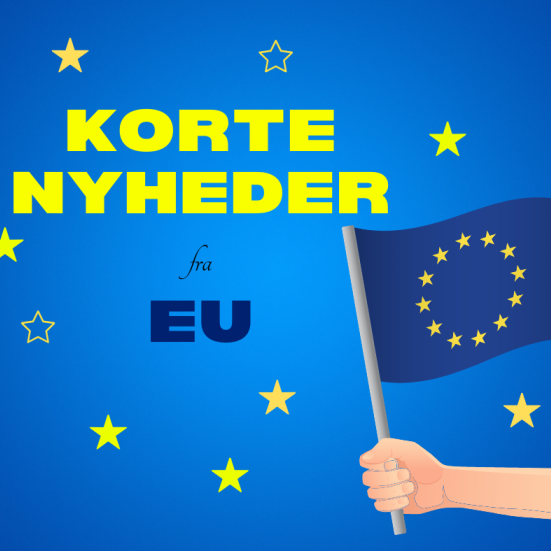Where Is the EU Headed?
That was the question posed by Europe Direct Odense, International House Odense, Copenhagen Post, and InDe (Internationals of Denmark) during an event for international residents in Odense. Two speakers were invited: Anna Vlasiuk Nibe from SDU and Rasmus Nørlem Sørensen from the United Nations Association of Denmark.
Af Thomas L.
Rasmus Nørlem Sørensen started by explaining the EU as a cooperation between 27 countries. The EU exercises its power through legislation. He jokingly said that the biggest industry in Europe is the law-making industry. The EU has a small budget, doesn’t collect taxes, and has no army, police, or welfare system. These areas are managed by the member states.
The main topics in the EU right now are competitiveness and security. The Draghi report analyzed what it takes for the EU to compete with China and the US. Deregulation is key and is being pursued through omnibus legislative packages to make it easier to run businesses in the EU. Security is shaped by the war in Ukraine and the threat from Russia, including hybrid warfare.
One challenge for the EU is that while legislative decisions don’t require unanimity, foreign policy decisions do. It’s hard to agree when countries have different views and agendas, and even small countries can block decisions with a veto. Rasmus used a drawing of the Council of Ministers, showing all leaders with crowns, to illustrate the point about a group of kings trying to agree.
Regarding the presidency, which Denmark currently holds, Rasmus described it as a well-functioning system, mainly because it motivates countries to invest effort in managing council meetings and EU summits. The presidency is mostly a role and provides soft power.
Anna Vlasiuk Nibe confirmed that the world is changing. There is an emerging conflict over global order between liberal ‘West’ and illiberal ‘East’, with the Global South on the sidelines. In Europe, uncertainty about the NATO’s stability posed by the Trump administration also plays a role.
Security requires strong economies. Europe’s economies are strong, mainly due to international trade. But there’s a dilemma between security and prosperity, which the EU is struggling to solve. China is both the EU’s key trading partner and its ‘systematic rival’. Also, EU is heavily dependent on China for rare earth minerals, and it is actively working to reduce this reliance amid geopolitical tensions.
The EU is trying to build closer ties with the global south to gain more trading partners and reduce dependence on China. This also means adapting a more flexible approach to conditionality in trade and investment agreements.
Anna agreed with the point about the EU’s foreign policy challenges, where member states can block decisions.
She outlined three scenarios for the EU’s future in terms of security: 1) member states move forward to establishing a federative construct with more power delegated to supranational level, including in foreign policy and security. 2) Maintaining a Status Quo with a parallel closer defense-related cooperation such as, for instance, the coalition of willing countries, those currently supporting Ukraine. 3) Deeper and broader fragmentation with subsequent disintegration. Anna believes that scenario 2 sounds as most realistic under the present conditions.
The event ended with a Q&A session. Participants asked about the Draghi report, frozen Russian assets, and why Denmark doesn’t use the Euro. It was great to see the curiosity from the audience.
Thanks to Anna Vlasiuk Nibe, Rasmus Nørlem Sørensen, Richard James Steed, and the co-organizers: International House Odense, Copenhagen Post, and InDe.



